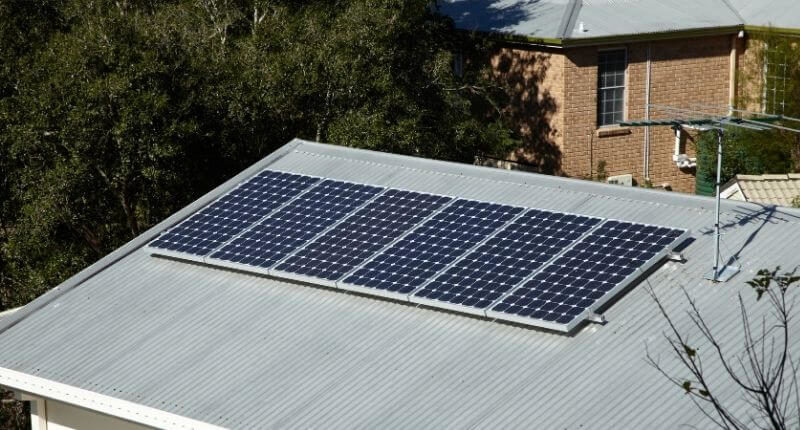- Electricity grids are having difficulty in coping with excess solar energy
- Calls for incentives to reward households who feed into grid during peak times
- Average household with 4-6kW system will earn $70 a year less under proposal
The Australian Energy Market Commission (AEMC) has released a draft determination that will cater to more room on the grid for solar generated by households.
Benn Barr, AEMC’s chief executive, said as a result of more solar energy being generated than before, the electricity grid is having difficulty in coping with excess power from households.
He says this is due to grid infrastructure being built when power only flowed one way, such as from a coal or gas plant. Nowadays, many households both import and export electricity from the grid – which has caused what he describes as ‘traffic jams’ on the network.
As a result of this, power exports are blocked which he argues will cost households more due to less renewable and cheaper energy getting into the system.
“We can decarbonise the electricity sector faster and cheaper if we connect more small solar customers and make it worthwhile for them to install batteries. But to do that we need to make some changes to the power system.”
“Within 10 years, half of all energy users will be using home energy options like solar. We must make sure this seismic shift doesn’t leave anyone behind because every Australian, whether they have solar or not, deserves an affordable, sustainable power system.”
Benn Barr, AEMC Chief Executive
Reforms AEMC have proposed include changing existing distribution networks incentives that help households send power back into the grid, allow networks to offer two-way pricing to assist in the management of poles and wires, and cater for flexible pricing solutions at a network level.
These reforms, the AEMC says, will reward customers who send and use power during peak times, along with providing incentives to buy batteries.
“We want to open the solar gateway so more Australians can join the 2.6 million small solar owners who have already led the way. But it’s important to do this fairly. We want to avoid a first-come, best dressed system because that limits the capacity for more solar into the grid.
“While the sun may be free, the poles and wires aren’t, so we think the key is to use the power system smarter to avoid costly overinvestment and keep new infrastructure to a minimum.
Benn Barr, AEMC Chief Executive
The AEMC, however, concedes under this model customers with a 4-6kW system would on average earn about $900 a year – $70 less than now – although, with incentives to self-consume power, it argues this could change.
“We have to start planning for a different future now because there is still a lot of work to do and change will take time. If we start now, with the right caveats and protections in place, we will avoid costly crisis solutions further down the track,” concluded Mr Barr.








